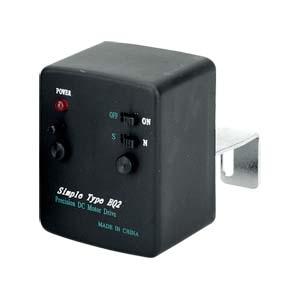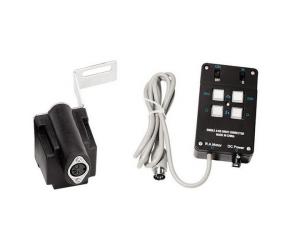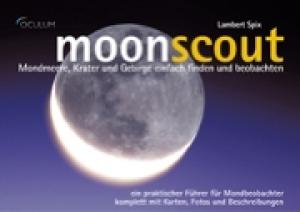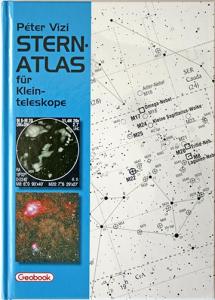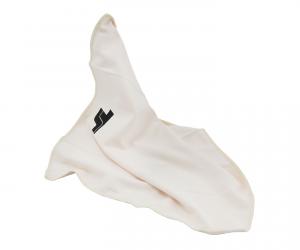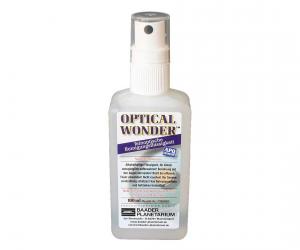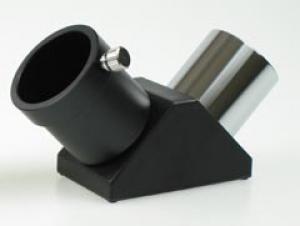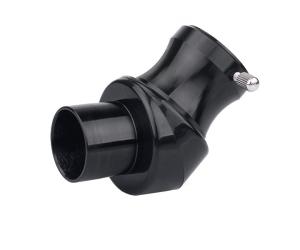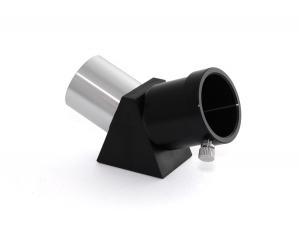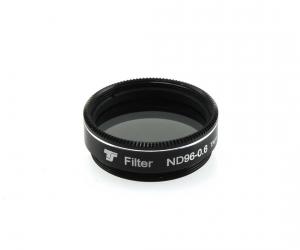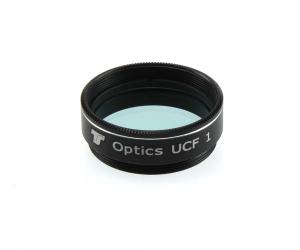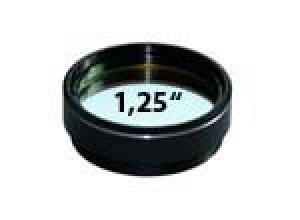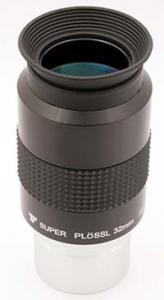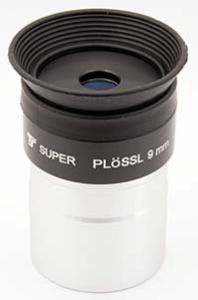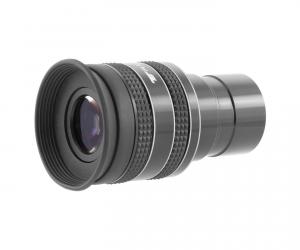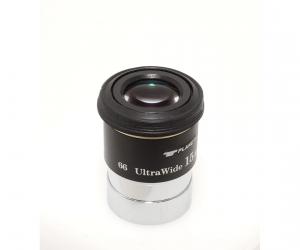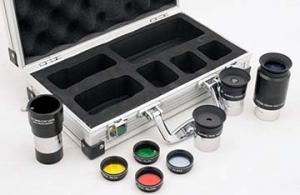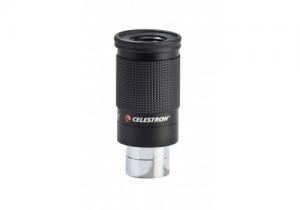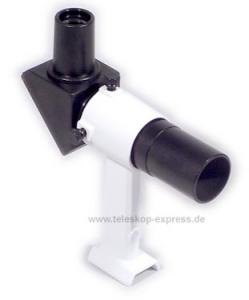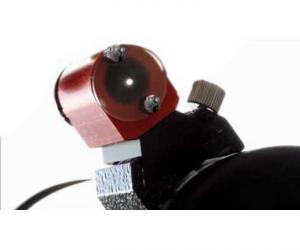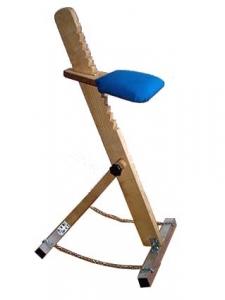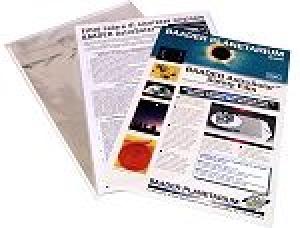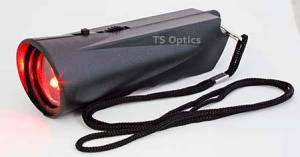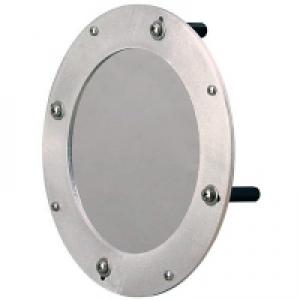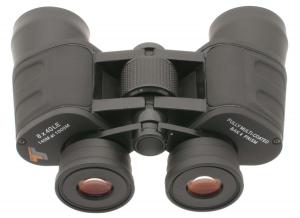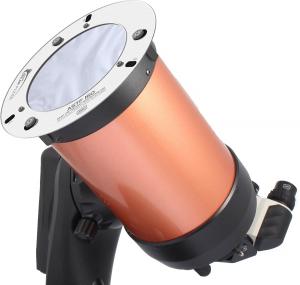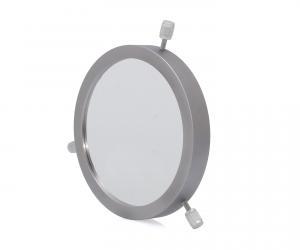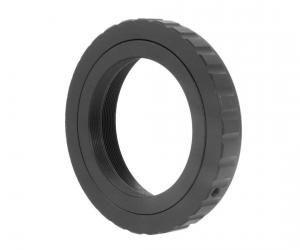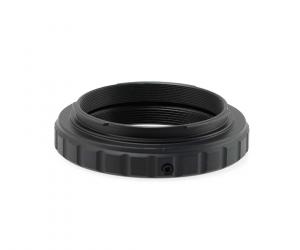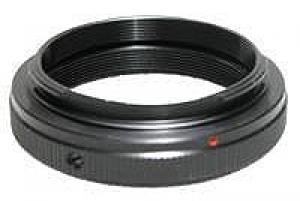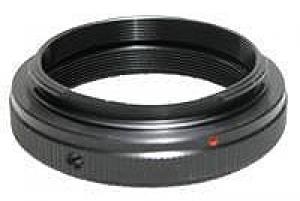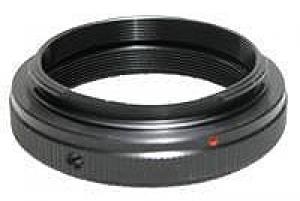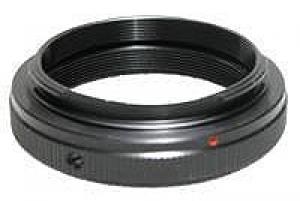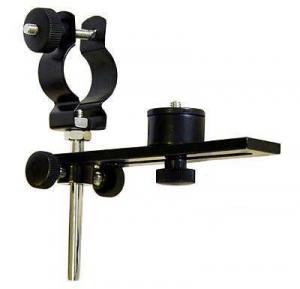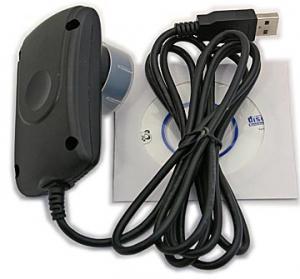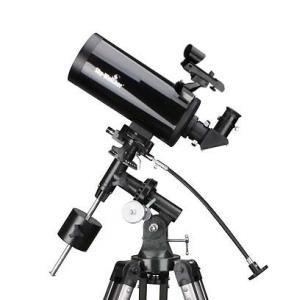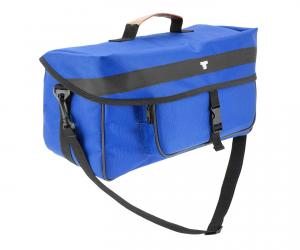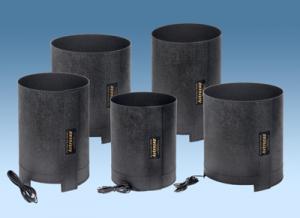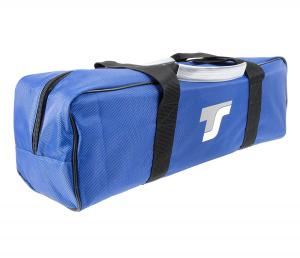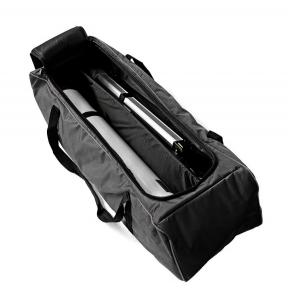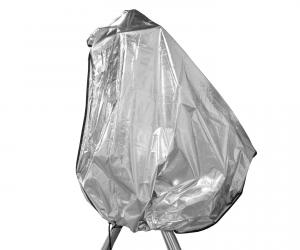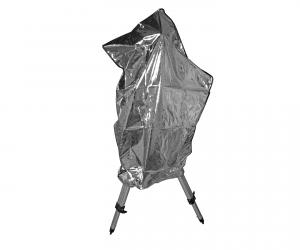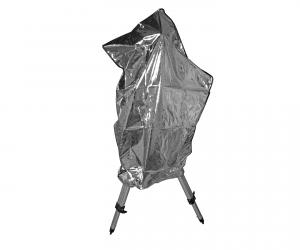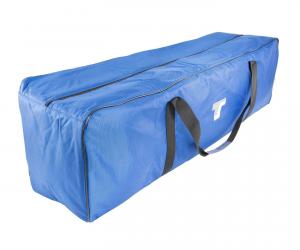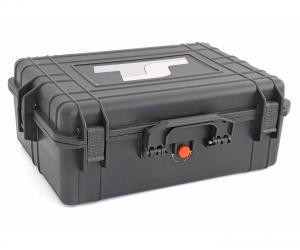- Telescopes
- Overview:
Telescopes - Achromatic Refractor
- Apochromatic Refractor
- Overview:
Apochromatic Refractor - ED Refractor - less color aberration than an achromatic
- SD APO - color free 2-element APO objective
- EDT APO - 3 element ED objective
- High End APO with 3-element APO objective - no color aberation
- Flatfield APO with flat field for Astrophotography
- All Apos and EDs from all manufacturers - large overview
- TS APO and ED from Japan with high quality optics
- Overview:
- Newtonian Telescopes
- Dobsonian Telescopes
- RC Ritchey Chretien Telescopes
- Casssegrain Telescopes
- Reflektor Telescopce with Lens Correcture
- Maksutov Cassegrain Telescopes
- GoTo Telescopes
- Solar Telescopes H-Alpha
- Overview:
- Mounts Tripods Rings Rails Power Supply ...
- Overview:
Mounts Tripods Rings Rails Power Supply ... - Mounts Equatorial with GoTo
- Mounts Equatorial without GoTo
- Mounts Azimutal with GoTo
- Mounts Azimutal without GoTo
- Mounts GoTo - Harmonic Drive
- Travel mounts for astro imaging
- Tripods Piers Polar Wedges
- Mount Control & Electronics
- Dovetail Clamps, Plates and Mount Adapters
- Tube Rings
- Power Supply
- Counterweights Balance Weights
- Mount Accessories - Other
- Overview:
- Telescope Accessories
- Overview:
Telescope Accessories - Eyepieces
- Barlows & Reducer Lenses
- Diagonal Mirrors and Prisms
- Binocular Viewers
- Finder Scopes
- Telescope Collimation and Test
- Cleaning Tools
- Transport and Storage
- Dust protection for Telescopes & Accessories
- Stray Light Protection
- Dewcaps and Heater
- Focusers, Adapters, Motorfocus
- Telescope DIY & Improvement
- Other telescope accessories
- Replacement Parts
- Overview:
- Filters
- Overview:
Filters - Color Filters and Color Filtersets
- Nebular Filters for Visual Observing
- Neutral-Density and Polfilter
- Photo Narrowband Nebular Filters
- Photo Broadband Filters
- Photo Planetary Filters
- Photo R-G-B and IR Cut Filters
- Photo - Filtersets
- Photometric Filters
- Clip Filter for DSLR Cameras
- Filter Wheels and Filterslider
- Solar Filters for white light
- Solarfilter for H-Alpha and Calcium
- Overview:
- Adaptors
- Overview:
Adaptors - Adapter 1,25" and 24,5mm
- Adapter 2"
- Adapter T2 - M42x0.75
- Adapter M48x0,75
- Adapter M54
- Adapter SC
- Adapter M63
- Adapter M68
- Adapter to other Threads
- Adapter Extensions
- Adapter camera bayonet
- Adapter Objective Filterthread
- Adapter Quick Changing , Rotation
- Adapter Eyepiece Projection
- Adapters Tilting
- Overview:
- Astrophotography and Photography
- Overview:
Astrophotography and Photography - Cooled Cameras
- Cameras without Cooling
- Deep-Sky Cameras uncooled
- Set-Offers Camera, Filter, Wheels
- Acessories for Cameras
- Travel mounts for astro imaging
- Imaging Correctors for Telescopes
- Autoguiding Cameras & Sets
- Everything for Guiding
- Focusing aids - Bahtinov mascs
- Flat Field foils and boxes
- Lenses for Cameras
- Piggyback Camera Holder
- Camera Bags, Photocases & more
- Digital Camera and Smartphone Adapter
- Other photo accessories
- Overview:
- Binoculars, Spotting Scopes, Microscopes, Range Finders
- Overview:
Binoculars, Spotting Scopes, Microscopes, Range Finders - Roof Prism Binoculars
- Binoculars with Porro prisms
- Binoculars from 100mm Aperture
- Binoculars with 1,25 inch eyepieces
- TSMX APO Binoculars
- Binoculars for Astronomy
- Binoculars Hiking Bird watching
- Monoculars - Opera Binoculars
- Accessories for Binoculars
- Spotting Scopes
- Range Finders
- Microscopy
- Bags for Phototripods & Binoculars
- Overview:
- Phototripods and Binomounts
- Books, Software
- Overview:
Books, Software - Books for Astronomy Beginners
- Star Charts and Planispheres
- Books about our Solar System
- Observing Tips for Amateurs
- Popular Astronomy Literature
- Teaching material
- Astrophotography books
- Telescopes, Observatories, Construction
- Calendars Yearbooks
- Software, Star Charts
- Books for Microscopers
- Books Nature and Animals
- Nature Photography TimeLapse
- Overview:
- Night Vision, Magnifiers, Weather, Domes & more
- Beginner Astronomy and Gift Ideas
- Second Hand & Special Offers
- New products
Manufacturer: Skywatcher
Product number: BKM90EQ1
EUR294.00new
EUR 294,00
incl. 19 % VAT (DE)
The VAT indicated refers to that applicable in Germany. After logging in, the VAT amount is adjusted to the applicable VAT of the stored delivery country. Therefore, the final price may vary accordingly.
excl. 13.95 € shipping costs (DE)
more details to the shipping costs ...Please log in to calculate shipping costs to your country.
rating: 5.0 of 5Skywatcher Skymax-90 on EQ1 - 90/1250 mm Maksutov Cassegrain1
- Details..
- Technical data..
- In the box..
- Manufacturer infos..
- Safety informations..
Skywatcher Skymax-90 on EQ1 - 90/1250 mm Maksutov-Cassegrain
The compact Maksutov with 90 mm aperture is suitable for almost all applications in hobby astronomy and also in nature observation. Being only 25 cm long, it fits into any air luggage and with its low weight the Maksutov can be carried by compact mounts or even good photo tripods.Hardware
The telescope optics: The highly portable Skymax-90 EQ1 is ideal for the observation of double-stars, and the surface detail of the Moon and bright planets. Despite its small dimensions, it packs a powerful punch. Its high-resolution, long focal length optical system is multi-coated to maximise contrast and image sharpness. Even collimation (adjustment of the optics) is possible, but rarely necessary.The telescope mount: Skywatcher´s smallest equatorial mount already corresponds to the larger models. You can adjust and track the object in the telescope by using the flexible shafts. For fast movement you can release the clamps on the axes.
A special feature of this mount is that you can also use it like an altazimuth mount and so you can easily use it on terrestrial objects.
As an optional accessory, a motor drive for the right ascension axis is also available for this telescope mount - helpful to keep the objects in the field of view.
Usage
Observation: No matter if you observe animals in the wild or the stars in the sky, the BKM 90 will convince in all areas. 90 mm aperture collect enough light for many hundreds of nebulae and galaxies, but the true strength lies in the observation of objects in the solar system. The image has no colour fringing and therefore there is enough contrast to view the moon and planets with high sharpness. Under ideal conditions you can magnify up to nearly 200x.With the optional 8-24 mm zoom eyepiece you can completely cover the magnification range useful for observing the moon with this telescope. At 24 mm the natural earth satellite does not completely fill the field of view, but to a pleasantly large extent, while 8 mm is close to the instrument´s calculated maximum magnification. Of course, you can also use other types of eyepieces, like Plössl or Planetary HR.
An objective solar filter combined with the 25 mm eyepiece results in a safe solar telescope with a very pleasant view, while the zoom eyepiece mentioned above allows a maximum magnification adapted to the air turbulence. Here, too, the object of observation fits completely into the eyepiece set to 24 mm, while small sunspots can be observed at 8 mm eyepiece focal length.
For earth observations a 45° Amici prism is recommended, because then the object can be seen in natural orientation. This gives you a spotting scope with high possible magnification. Please note, however, that you also magnify the air turbulence, which has an increasingly distracting effect, especially at greater distances.
Photography: The BKM 90 has a direct T2 connection thread. This allows you to mount your SLR camera easily via a matching T2 ring. Also the connection of mirrorless system cameras is possible without any problems. The Skymax is comparable to a high-quality telephoto lens with a focal length of 1250 mm and a focal ratio of f/13.9. Note: Vignetting will definitely occur with full-frame and APS-H sensors because the illuminated area is too small.
Light astro cameras with 1.25" connector, for example the items TSSSI (linked under accessories) or TSTCD300, can be plugged directly into the eyepiece holder. Create planetary videos or stack the single frames to get sharp planetary images. Of course, lunar craters are also a worthwhile target.
Special suitability as an entry-level or travel telescope
A good entry-level/travel telescope mustThe Maksutov on the EQ1 meets all these requirements. The whole unit is very light, weighing less than 10 kg, and very compact. These are the ideal conditions for a life-long "friendship".
The mount EQ1 carries the only 1.4 kg light tube with decent stability, even slight wind or focusing does not cause any disturbing vibrations.
Setting up the telescope with mount from the individual components only takes about a quarter of an hour, even with the optional motorization, so you can start observing quickly and still enjoy the convenience of electric tracking. You observe more often, therefore: ?The best telescope is the one that is used the most.?
Practical and background information from Teleskop-Service - the Maksutov-Cassegrain system
 A Maksutov-Cassegrain offers an image quality that is very close to that of a classical refractor, but with a very short construction. The image is clearly better than that of fast achromatic refractors with the same aperture, because a Maksutov-Cassegrain has no disturbing chromatic aberration.
A Maksutov-Cassegrain offers an image quality that is very close to that of a classical refractor, but with a very short construction. The image is clearly better than that of fast achromatic refractors with the same aperture, because a Maksutov-Cassegrain has no disturbing chromatic aberration.The Maksutov-Cassegrain is therefore an interesting alternative for amateur astronomers who value a sharp and high-contrast image while using a compact instrument.
However, a Maksutov-Cassegrain is relatively slow, the focal length is relatively high in relation to the aperture. Therefore a Maksutov is a very good instrument for observing the moon and planets. It is also a good performer for stellar clusters, nebulae and galaxies but it does not offer a particular large field of view. Very extended objects as the Pleyades cannot be seen all at once.
The optical system (see image): Light enters the system through the front end meniscus lens before hitting the spherical primary mirror. The latter collects it and reflects it to the front again, this time to the secondary mirror.
The secondary mirror reflects the light back through a hole in the middle of the primary mirror while extending the focal length.
Right behind the hole of the primary mirror there is a holder for an eyepiece, a star diagonal mirror or an Amici prism. Here you can observe, but you can also attach a camera via an adapter and thus take pictures.
The remaining error caused by the spherical shape of the two mirrors is corrected by the front meniscus lens. This results in a well corrected image on the axis and in the field. A further advantage is that the front end lens seals the tube. A sealed tube is less sensitive for temperature changes.
Focusing: Focusing is achieved by moving the primary mirror using a micrometric screw. This type of focusing has strong advantages, as a standard focuser is not necessary and the focusing range is very large. Nearly every imaginable part of equipment will get into focus with this Maksutov-Cassegrain.
The biggest disadvantage of the primary mirror focusing is mirror shifting, the disturbing wandering of the image when focusing, especially in photography. This problem, caused by the tilting of the mirror, practically does not occur with the Skymax-90!
| Optical design: | Maksutov-Cassegrain of the "Spot Maksutov" type |
| Aperture: | 90 mm |
| Focal length: | 1250 mm |
| Focal ratio: | f/14 |
| Limiting magnitude: | 12.5 mag |
| Resolution: | 1.3" |
| Focusing: | Internal focusing |
| Eyepiece side connection: | 1.25", T2 |
| Moun connection: | Special bar for EQ1 with threads for photo tripods |
| Finder connection: | Standard finder shoe |
| Tube diameter: | 10.4 cm |
| Tube length: | 24 cm |
| Tube weight: | 1.4 kg |
| Mount type: | German equatorial mount |
| Tracking: | Manual via flexible shafts, optionally motorized in right ascension |
| Maximum payload: | 3 kg |
| Mount weight total: | 3.5 kg |
| Tripod: | Aluminum, with accessory shelf |
| Manufacturer / Importeur: | Optical Vision Limited |
| Street: | Duracher Straße 11 |
| ZIP / City: | 87437 Kempten |
| Country: | Germany |
| Telefon number: | +49 831 697288210 |
| Email: | accounts@opticalvision.co.uk |
| Website: | www.opticalvision.co.uk |
Safety informations: PDF Download
Recommended accessories
Accessories for mounts
Books
Cleaning & Collimating
TS-Optics Optical Super Microfiber Cleaning Cloth
EUR 5,99RRP EUR 7,95you save 24.7% (EUR 1,96)
Diagonal Mirrors & Prisms
TS-Optics 1.25 inch Erecting / Amici Prism - 90°
EUR 49,90RRP EUR 59,00you save 15.4% (EUR 9,10)
Eyepiece-side accessories like Filters
TS-Optics 1.25" Grey Filter ND 06 - 25% Transmission - Neutral Density
EUR 22,87RRP EUR 24,90you save 8.2% (EUR 2,03)
Eyepieces
TS-Optics Ultra Wide Angle Eyepiece 15 mm 1.25" - 66° field of view
EUR 57,00RRP EUR 64,00you save 10.9% (EUR 7,00)
Finder & Accessories
General Accessories
Photo Acessories
Digiklemme 1 - Universal Digital Camera Adapter
EUR 15,90RRP EUR 29,90you save 46.8% (EUR 14,00)
TS-Optics moon and planetary astro CCD camera with 1,25" connection
EUR 49,98RRP EUR 89,00you save 43.8% (EUR 39,02)
ZWO ASI664MC USB3.0 Color Astro Camera - - Sensor D=9.02 mm, 2.90 µm Pixels
EUR 399,00RRP EUR 445,00you save 10.3% (EUR 46,00)
Similar Products
Transport & Covers
TS-Optics padded Carrying Case for accessories, telescopes and telephoto lenses
EUR 54,98RRP EUR 59,00you save 6.8% (EUR 4,02)
TS-Optics Padded Transport Bag with internal Divider - length 1000 mm
EUR 89,98RRP EUR 104,00you save 13.5% (EUR 14,02)
TS-Optics Protective Cover for medium-sized telescopes up to 1000 mm length on...
EUR 65,90RRP EUR 74,90you save 12% (EUR 9,00)
TS-Optics Protective Cover for small telescopes up to 80 cm length and spotting scopes...
EUR 59,90RRP EUR 69,90you save 14.3% (EUR 10,00)
TS-Optics Protective Cover for small telescopes up to 80 cm length - long version
EUR 61,90RRP EUR 69,90you save 11.4% (EUR 8,00)
TS-Optics BAG105 - Padded Transport Bag for telescopes 1040/280/270 mm
EUR 89,98RRP EUR 99,00you save 9.1% (EUR 9,02)
TS-Optics Protect Case waterproof hard case - width 570 mm
EUR 89,90RRP EUR 109,90you save 18.2% (EUR 20,00)
Reviews
Written by Eric Poschmann
on 2025-04-02
"Ein tolles kleines Teleskop für schnelles Sterneschauen und einfachen Transport. Sehr kompakt, dadurch natürlich in der Optik begrenzt. Aber dafür extrem mobil und schnell aufgebaut."
Written by Hans-Jürgen Becker
on 2021-11-10
"Gutes Preis-Leistungsverhältnis und schnelle Lieferung "
Written by Kirsten Wünn
on 2021-08-19
"Für Einsteiger gut zusammenbaubar und bedienbar "
Written by Talha Zaman
on 2021-06-26
"Good beginner scope. Mount is not the steadiest but adequate for the price you pay."
Written by Patrick Blau
on 2020-01-03
"einfach zu handahbendes, robustes Produkt."










